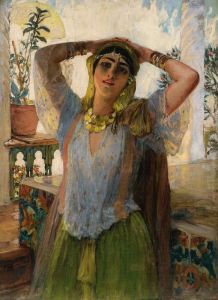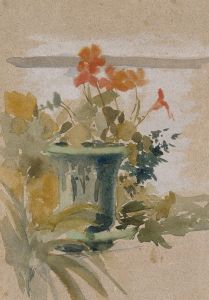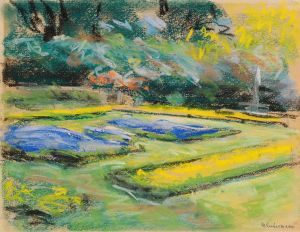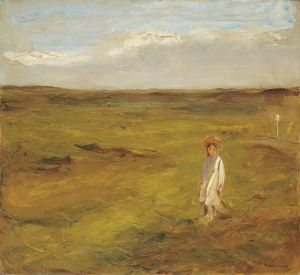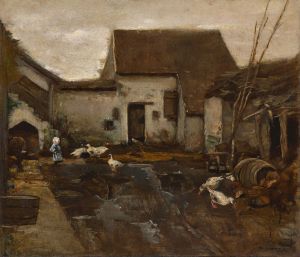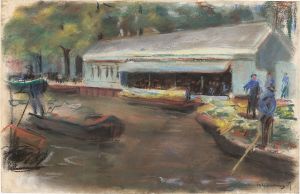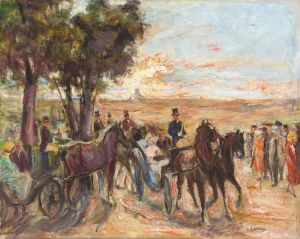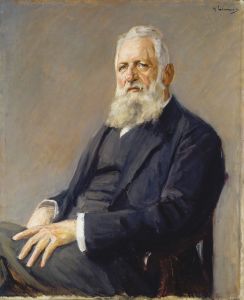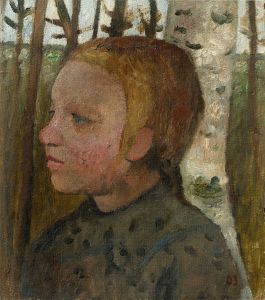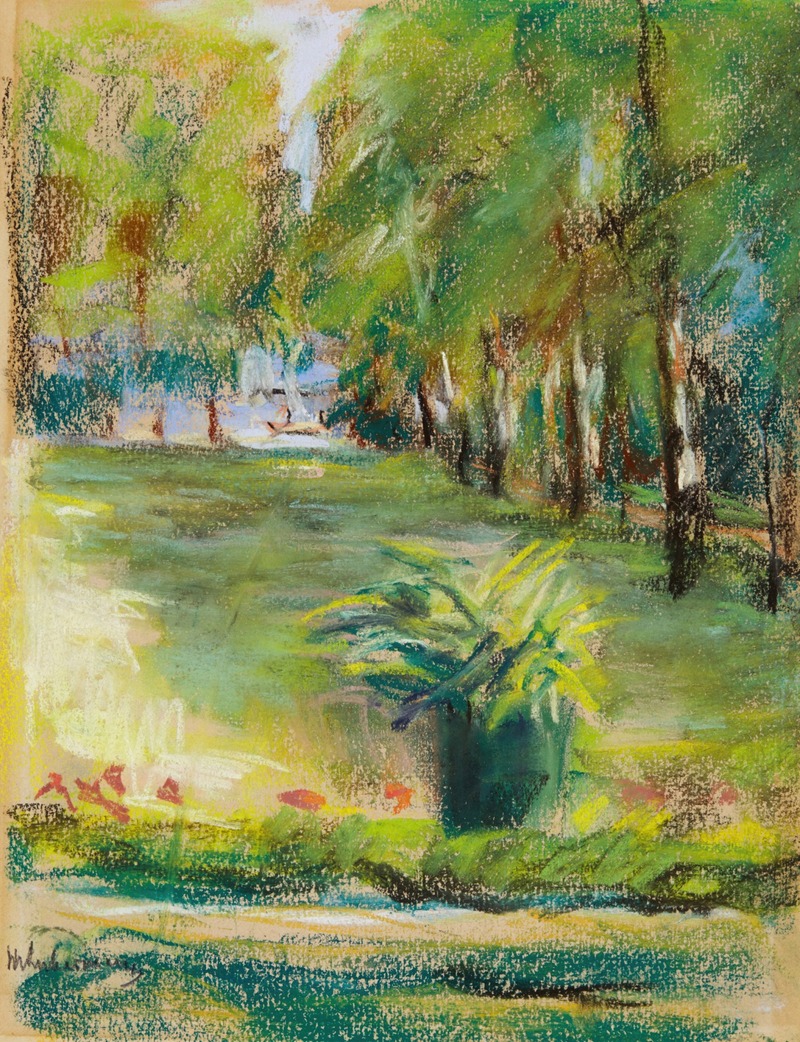
The Artist’s Garden Seen to the East from the Terrace with a View of the Birch Avenue and the Wannsee
A hand-painted replica of Max Liebermann’s masterpiece The Artist’s Garden Seen to the East from the Terrace with a View of the Birch Avenue and the Wannsee, meticulously crafted by professional artists to capture the true essence of the original. Each piece is created with museum-quality canvas and rare mineral pigments, carefully painted by experienced artists with delicate brushstrokes and rich, layered colors to perfectly recreate the texture of the original artwork. Unlike machine-printed reproductions, this hand-painted version brings the painting to life, infused with the artist’s emotions and skill in every stroke. Whether for personal collection or home decoration, it instantly elevates the artistic atmosphere of any space.
Max Liebermann's painting The Artist’s Garden Seen to the East from the Terrace with a View of the Birch Avenue and the Wannsee is a notable work by the German Impressionist painter, created during the later years of his life. Liebermann, one of the most prominent figures in German art at the turn of the 20th century, was known for his depictions of everyday life, landscapes, and gardens, often rendered with a light, impressionistic touch.
This particular painting portrays a view from Liebermann's summer residence on the shores of Lake Wannsee, located in the outskirts of Berlin. Liebermann purchased the property in 1909 and commissioned the construction of a villa, which included a meticulously designed garden. The garden became a recurring subject in his works, reflecting his deep appreciation for nature and his interest in capturing the interplay of light and color.
The painting depicts a section of the garden, with a birch-lined avenue leading the viewer's eye into the distance. The composition is characterized by its harmonious balance and the subtle use of color to convey the atmosphere of the scene. The view is framed by the terrace of the villa, emphasizing the artist's personal connection to the space. The inclusion of Lake Wannsee in the background adds depth to the composition and situates the garden within its broader natural setting.
Liebermann's garden paintings, including this one, are often celebrated for their serene and contemplative quality. They reflect the influence of French Impressionism, particularly the works of Claude Monet, whom Liebermann admired. However, Liebermann's approach is distinct in its focus on structure and order, as seen in the carefully arranged elements of the garden.
The villa and garden at Wannsee hold historical significance beyond their role as artistic inspiration. Today, the property is preserved as the Max Liebermann Villa, a museum dedicated to the artist's life and work. Visitors can explore the restored garden, which has been reconstructed based on Liebermann's paintings and historical records, providing insight into the environment that inspired many of his later works.
This painting exemplifies Liebermann's mastery of capturing the essence of a place through his use of light, color, and composition. It stands as a testament to his ability to transform a personal and familiar setting into a work of universal appeal and beauty.





